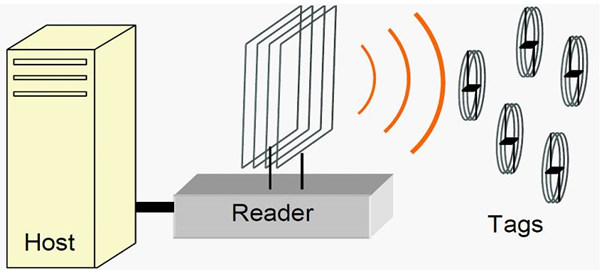- 1. What are the benefits of combining RFID tags with sensors?
The key benefit of combining RFID tags with sensors is to maintain real-time monitoring on variables such as temperature, humidity, or movement while tracking the objects. Some examples of using sensors for monitoring are: ensuring meat is stored at the right temperature, ensuring air in a green space has the right humidity, ensuring important equipment hasn’t been moved without permission, or if liquid barrels are contaminated.
- 2. What is an RFID systemehost?
An RFID system host is a computer database that updates and keeps track of the data acquired from the readers. It can also run RFID software or middleware to control the readers and has many other features such as data filtering and manipulating, integration with multiple real-time network platforms, and the ability to incorporate cameras, sensors, or other components.
- 3. How does RFID work around water or metal?
At ultra-high frequencies, it is difficult to track metal products or products with high water content since the radio waves reflect off of metal and are absorbed by water. In order to overcome this problem, RFID systeme in these environments can use low frequency tags or high-frequency RFID tags, which work better in those environments.







